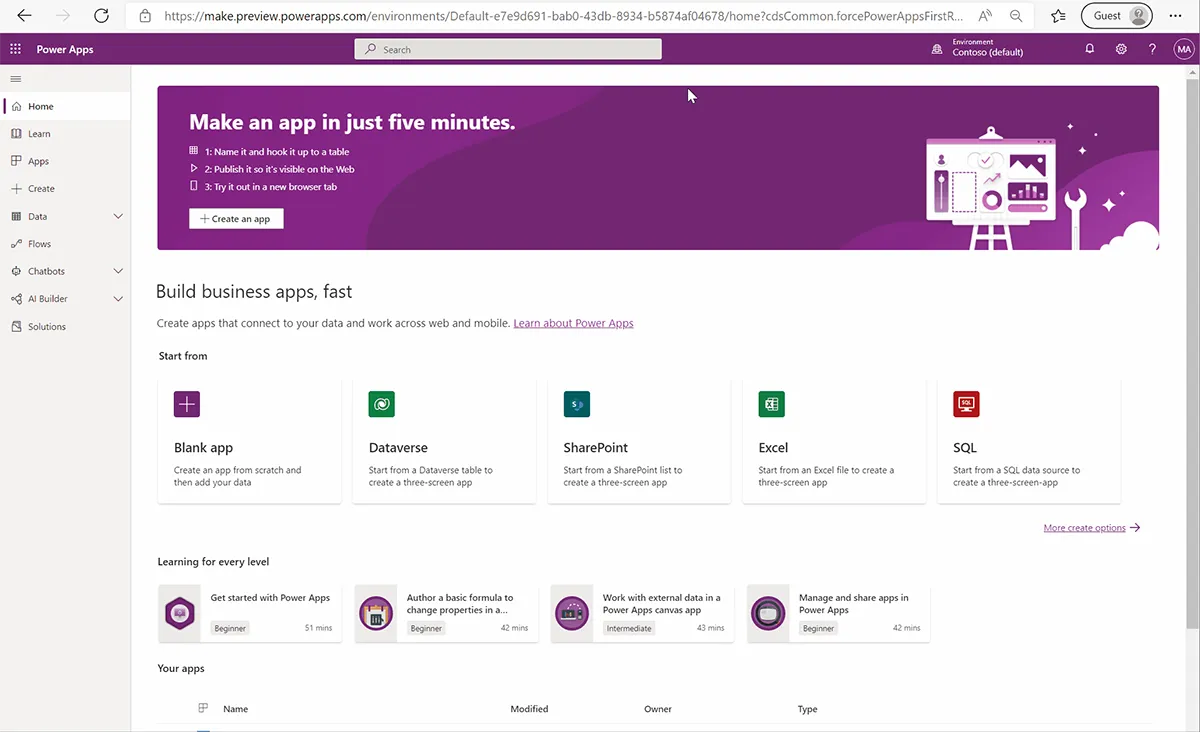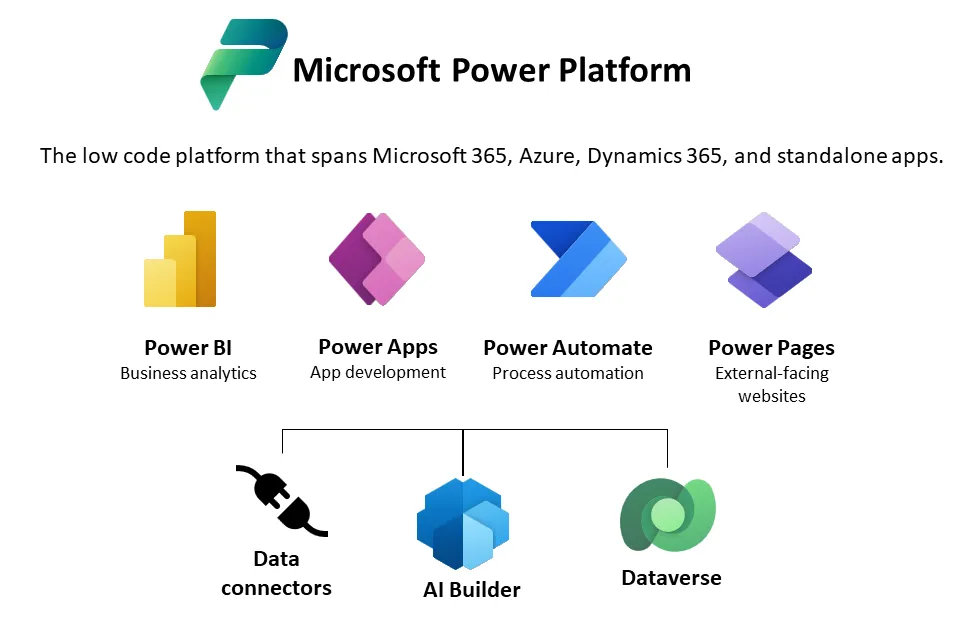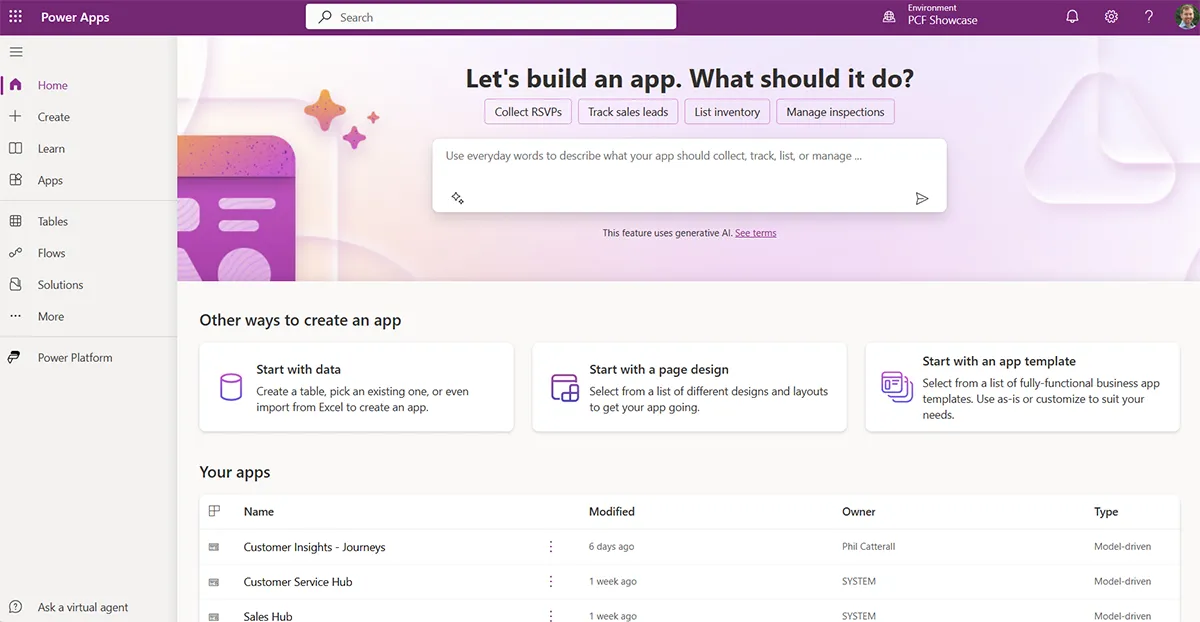Organisations need agility to be competitive, but long development cycles, complex coding, and rigid architectures can hinder traditional application development.
Microsoft addresses this challenge with model-driven apps that enable businesses to swiftly deploy solutions that respond to market changes and drive innovation.
These applications ensure flexibility, security, and scalability, including built-in integrations with Outlook, Dynamics 365, and Teams
Shaping the future of software development
Traditional methodologies, such as custom programming in C# involved major drawbacks.
Developers typically built these apps from the ground up, so required skilled programmers to maintain and customise.
Additionally, teams had to update comprehensive knowledge bases to preserve troubleshooting and customisation processes. You also face risks with the lack of built-in redundancy. When key developers leave, they take knowledge of your critical systems with them.
Traditional methodologies also have longer development cycles and are resource-intensive.
Model-driven apps are a fundamental shift away from these challenges. They transform how businesses adapt to change and reduce the risks and resources involved in meeting strategic IT goals.
When using Dynamics 365 or model-driven apps in Power Apps a data model primarily defines the application’s behaviour and structure. App makers focus on designing the data model and creating or configuring business logic, user interface, and other application elements using tools and frameworks provided by the platform.
Thanks to advances in AI, it’s now possible to quickly spin up an app including data tables by starting with a natural language prompt.
Dynamics 365 is a collection of model-driven apps for roles. Some teams may require dedicated apps to handle specific workflows. Rather than attempting to load extra functionality and tables into existing apps, additional purpose-built model-driven apps off the benefits of:
Cost-effective licensing: Purchasing a Power Apps licence, compared with licensing Dynamics 365 applications will reduce costs.
Bespoke system configuration: Dedicated Power Apps helps to avoid bloated data tables, unnecessary interface options and capabilities for an app which is streamline to a specific usage requirement.
How Model-Driven Apps Simplify System Customisation
For this example, let’s examine an insurance company. They want to add a system field, labelled customer occupation history to support underwriters.
In a traditional development model, the underwriting team submit a request to customise their existing system. The IT team would consider all the types of data the field would collect, create a validation system, and update all the related forms. They’d also adjust workflows and test for bugs, security concerns and scenarios they didn’t plan for when originally designing the system.
This complexity involved extra time and cost. This update might be scheduled inside a larger phase of development, leading to longer production deployment.
Model-driven apps overcome these hurdles. Using a no-code interface to create fields, tables and customising forms, publishing a field to a system can be achieved in minutes. Of course, any business must still take into consideration the impact of any changes, but this methodology cuts considerable resources. These changes are applied in the Dataverse, so the new field column can be shared across connected apps in this environment, subject to security permissions.
Model-driven apps: Integrated approach to updates and AI
As cloud-based services, Dynamics 365 and Power Apps receives regular updates and enhancements. Model-driven apps benefit from these updates, ensuring you always have access to the latest features, improvements, and security patches.
Microsoft’s AI solution, Copilot, is embedded within model-driven apps to analyse large data sets to uncover insights, automate processes, and help users accomplish more with less effort. Dynamics administrators can enable Copilot features for each custom application and select which tables and columns to use.
Deploying Business Apps
Let’s discuss your requirements. At ServerSys, we will use our expertise in Dynamics 365 and the Power Platform to quickly deploy model-driven apps that meet your needs.
Updated: April 4, 2025



